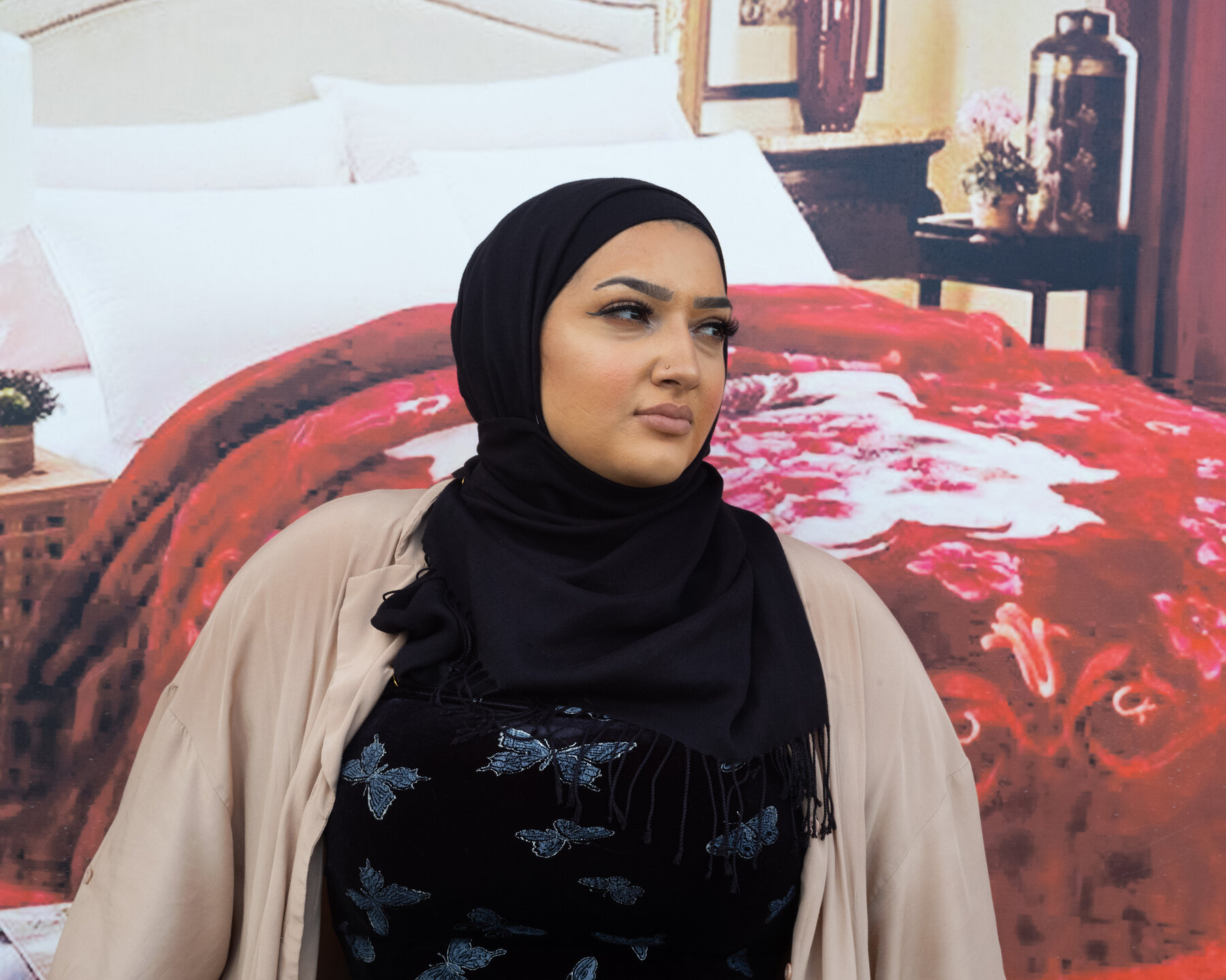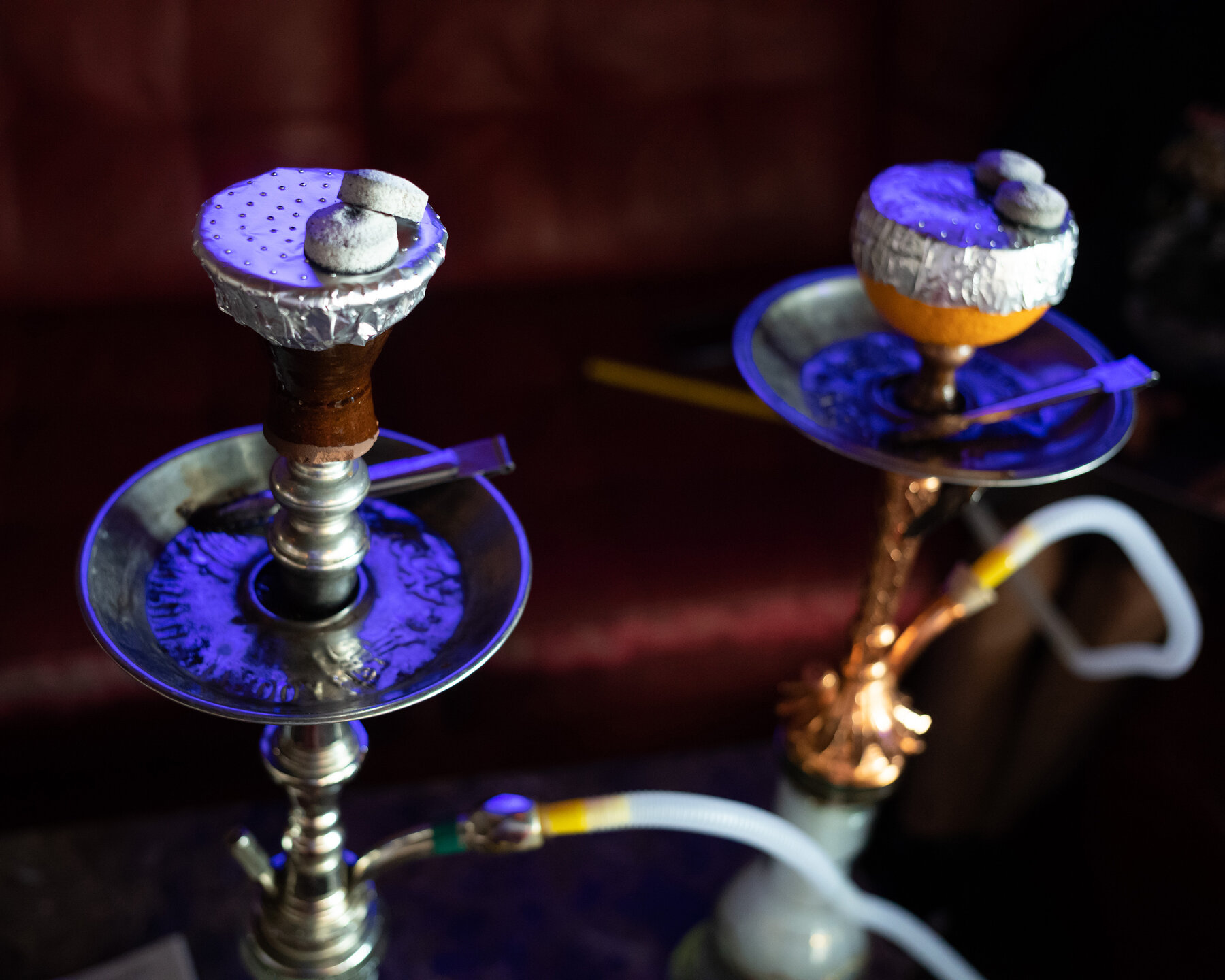Hookah, also known as shisha, argileh or hubbly bubbly, is said to have its origins in India or Persia. These days, it’s especially prevalent across the Middle East, but more and more lounges have also popped up throughout cities like Paris, Tokyo and New York. So it’s no surprise that the cafes have proliferated across Dearborn, where “it really feels like you’re in an extension of the Arab world,” said Farah Al Qasimi, who photographed this story.
Smoking hookah remains a cultural touchstone for many Arab Americans, despite the well-documented health risks of tobacco use. “The widespread popular belief is that hookah smoking is a safer alternative,” said Mary Rezk-Hanna, an assistant professor at the University of California, Los Angeles, School of Nursing, who researches the vascular effects of tobacco products. In reality, Rezk-Hanna said, the chemicals in hookah smoke are similar to those found in cigarette smoke.
Rezk-Hanna also noted that many lounges in the United States are located within three miles of a college campus, which may contribute to their popularity among youth. And research has shown that flavored tobacco products such as hookah facilitate initiation, particularly among younger users.
Like many young people in Dearborn, Marrim started smoking hookah in high school. Despite the public health messages that she was bombarded with throughout her childhood, she says she was not terribly concerned about the health dangers of tobacco.

But she did wrestle with guilt, shame and fear because her mother used to say it was “haram” and “aib” — forbidden and shameful — for women to smoke. Had her mother warned of health risks, Marrim, pictured below in front of a dollar store advertisement in Dearborn, said, “we probably would have listened.”
Still, Marrim also felt a strong sense of liberation and community. She remembers being 13 and secretly making hookahs out of water bottles with her cousin. “That’s the age where you want to have secrets. You want to rebel a little bit.”

There was one particular lounge, and one particular booth, “where the major life events happened.” All of her teenage memories, she said, are wrapped up in that space.

While today’s teenagers may not have the same legal access to hookah that she did, Marrim thinks they will still find a way to smoke. “Kids break the rules — that’s the way of the world,” she said. “We were all kids and we tried it for the first time,” she added. “Might as well do it in the safety of a lounge.”






